√BMW E28 5 Series – Buyer’s Guide
E28 BMW: A History of the Classic 5 Series
When it was launched in 1981, most folks were surprised that the new BMW E28 5 Series looked like a facelifted E12. The 1972 E12 5 Series had earned itself a fine reputation as a well-made mid-range saloon that ranged from the prosaic 518 to the hot rod 528i and M535i, plus the U.S. market 530i. Just don’t mention the thermal reactor…
The Euro spec E28 5 Series range consisted of a four-speed, 90 bhp four-cylinder M10 518 (a five-speed and power steering were options), plus six-cylinder cars like the 125 bhp M20 520i, the 150 bhp M30 525i, and the 184 bhp M30 528i with standard five-speed, alloy wheels, and electric front windows. You could also option the last three with a three-speed ZF automatic box. A pity if you did.
Engines: What You Need to Know About the E28’s Powertrain
While it looked like a sharpened-up E12, only the roof skin, doors, and glass were carried over. The 518’s M10 1766 cc engine remained unchanged, but the 520 became a 520i with K Jetronic fuel injection. The 525i and 528i M30 units were given the new Bosch LE Jetronic, and the M535i was discontinued. Suspension, steering, and brakes were all new with no E12 parts and different pick-up points. M30 sixes had a new Getrag 260 gearbox gradually phased in, except for the sport (‘dogleg’) models that retained the old 265 unit. The interior was also new, featuring the Service Indicator system with red and green ‘countdown to $$$’ lights from the 1981 model E23 7 Series.
In the U.S., the economy 528e was the first E28 5 Series. Using a long-stroke version of the 520i M20 engine that displaced 2.7 liters, the ‘Eta’ unit developed 121 bhp but a lot of torque, plus a 4500 rpm redline. It was prevented from revving higher due to small inlet ports, very long manifold runners, ultra-conservative camshaft timing, and four, rather than seven, cam bearings for low friction. It was fitted with a very tall final drive, resulting in long-legged gearing of 33 mph per 1000 rpm in fifth gear and excellent economy; achieving 35 mpg was possible on a long run.
In September 1984, the E28 received a mild facelift with wider tires, a deeper front valance, and the introduction of two new models into production: the 518i and the 535i, finally! The Euro BMW 535i came in two guises – the popular M535i with the plastic body kit and special metric wheels, and a plain metal bumper version that looked like a 520i but with the special wheels and arch trims. Both 535i models featured Bilstein dampers and M Technic suspension but were known to be finicky in damp conditions – great in the dry, but as tricky as Rasputin when wet. The Michelin TRX tire wasn’t a great choice for these cars in terms of handling in wet conditions.
The 528e was joined in ’83 by the 533i, another US-only model based on the Euro 528i but featuring the 3210 cc M30 engine delivering a more BMW-like 181 bhp, compared to the 184 bhp of a 528i or the 200 bhp of the Euro 3.2. A US 535i arrived for ’85, but with 182 bhp, compared to the proper 218 bhp.
The E28 was officially replaced in June 1988 by the E34, a car that had been available in Germany since March. It marked a significant step forward, though history does like to revise itself.
How To Maintain The Engines
Regular annual coolant flushes, along with regular oil and filter changes, are desirable. All engines have adjustable valve lash that needs checking every 10,000 miles, and the oil spray bar banjo bolts need replacing. These bolts are known to come loose, starving the cam of oil. BMW sells replacements with a sharper thread pitch to prevent loosening. New M30 cams are now only available from BMW and are quite expensive. So, be cautious if you encounter an E28 with a noisy cam.
Overheating can be caused by a failed viscous fan – overheating at lower speeds is a telltale sign. Head gasket issues were common, and 528e heads can crack, causing oil and coolant mixing. 528e engines also use 17 mm head bolts, and while rare, it’s not unheard of for these heads to break. However, they can be removed one by one in the correct order and replaced with Torx-headed stretch bolts. 528e engines have a cam belt that needs replacement every 30,000 miles, along with a new tensioner. It’s also a good idea to replace the cam oil seal and the water pump at the same time. Broken manifold studs are common and can be challenging to remove, while cracked manifolds lead to a noticeable ‘chuffing’ noise.
E28 fuel injection systems differ from car to car. Euro 518i, 520i, 525i, and 528i all use Bosch LE Jetronic. The only common problem is the seven-pin relay that controls the fuel pump and injectors. 525e, 533i, and 535i cars use Bosch Motronic 1.1. These systems have a few issues in old age – the fuel pump/DME relays can cause non-starting, the two crank position sensors can be triggered by a small peg on the flywheel (which can fall out), and the ECU can fail. It’s recommended to have a spare ECU on hand just in case, as Bosch is no longer producing them.
Transmissions: The Different Types Available for the E28
The manual transmissions are quite robust, with various different units available. Issues are usually limited to oil leaks and worn shifters. The pre-1984 3-speed automatic is nearly unbreakable, but the 4-speed 4HP22 isn’t as durable. A way to damage a 4HP22 is to rev the engine in Neutral or Park. Due to an age and wear-related cross leak from the oil pump onto the forward clutch, revving the engine can burn out the clutch plates, leading to no forward drive. 535i autos were equipped with the EH switchable sport/economy unit, which had its own ECU that communicated with the engine ECU.
Damp ECUs and corroded connections are common problems. Differentials are very sturdy and pose no significant issues, with limited-slip units being standard on 535i cars and optional on the others, with the 528i SE being the most likely model to have one. Driveshafts will often need a new front rubber coupling and center bearing.
Brakes: How to Keep Your E28’s Stopping Power in Top Condition
E28s feature two different brake systems. The 528e and Euro 518-520i cars use a vacuum servo, while the M30 engined cars have a hydraulic servo. The hydraulic system utilizes power steering pump pressure and a power ram between the bulkhead and master cylinder, along with a pressure sphere to maintain pressure and servo assistance if the engine stops.
Problems in the hydraulic system can result in a heavy pedal (due to a faulty sphere or ram) and a seizing cross linkage. Parts for these systems are becoming harder to find and more expensive. The vacuum servo system generally causes few issues as long as the linkage is lubricated and free. M30 cars can be converted to this system. Brake flexible hoses can become blocked inside due to age, resulting in what appears to be sticking calipers. ABS can be problematic in older models, with issues including corroded rear trigger rings that trigger the ABS light when speeds exceed 50 mph. These rings are relatively easy to replace with new ones. The ABS ECU can fail if the car is started from a jump pack, or the safety relay can blow.
Suspension and Steering: Maintaining Your E28’s Handling
The notorious 55 mph wheel wobble is likely caused by worn upper control arm bushings. The recommendation is to fit complete new arms. In damp climates, the front strut lower spring pans can rust out, leading to collapse. ABS struts are different and rarer still, but they’re used on post-’83 6 Series cars. Rear strut spring perches can also rust in a similar manner. Rear axle beam bushes ideally require a special tool for replacement, while worn-out pitman arms on the rear trailing arms on later cars can cause the car to feel unstable. The steering box wears out but can often be adjusted to some extent.
On hard-driven cars, the smaller steering box mounting bracket can snap. While the steering box won’t fall off, you will notice that something isn’t quite right. Steering slack can be attributed to a ball joint in the linkage or the 22 mm nut on the steering column inside the car under the dash needing tightening. Some E28s were equipped with 14-inch wheels, but many were supplied with metric wheels and the TRX tire. While they look good, these tires are quite expensive and are considered by many to be suboptimal in wet conditions. Opting for a set of 15 or 16-inch wheels with modern rubber is recommended.
Body and Interior: Keeping Your E28 Looking and Feeling its Best
Rust is a concern, as the last E28 was built 36 years ago. The hood front edge and front fenders can rust, both above the bumper and by the rocker panel, with gravel rash-type rust around the arches. Doors aren’t as problematic, but checking the front where the seals fit, as well as the A-posts where the hinges attach, is important. Rocker panels and jacking points are prone to rust, as are the double-skinned rear axle mounts. Rear arches and metal bumpers can also rust, but the trunk lid tends to remain relatively rust-free. Sunroof panels can rust out, and pre-’83 E28s use the E12 panel. N
ew body panels are available from BMW, though they can be expensive. Gas tanks can rust around the filler neck, but new ones are available. The E28’s interior was superbly constructed. Common faults include worn seat side panels on the driver’s side, cracked dash tops (even in cold climates), and fabric shrinking in the door trims. Repairing the fabric in the door trims is a simple DIY job. Crack-free E28 dashes are now as pricey as gold, with good driver’s seats also demanding a premium. Faulty instrument clusters are a problem; if the circuit board in the dash fails due to a leaking NiCad battery, the unit is effectively ruined and requires replacement. The cost of a new cluster can be quite high, but modern circuit board replacements are becoming available.
Is an E28 BMW Worth Buying?
E28 5 Series models are no longer the cheap, enjoyable BMWs they were ten or twenty years ago. Nowadays, they are expensive older cars that heavily rely on regular maintenance. While 528es are pleasant but somewhat pedestrian, for genuine BMW thrills, a 528i, 533i, or 535i is necessary. The manual transmission is considered superior to the ZF automatic. Parts are becoming harder to find outside of BMW, with good used parts in high demand.
Consider looking for a complete car at places like Copart and selling off what you don’t need. While BMW supplies most essential parts, they come at a cost, with many being remanufactured. Europe remains the best source for certain parts. Those unattractive diving board bumpers can be replaced with a stainless steel Euro bumper kit. If you’re not mechanically inclined, be prepared to pay around $20,000 for a proper E28. For a 528i or 535i manual, look to Europe; for a 533i or 535i in fine condition, consider hot states in the US. An additional couple of thousand dollars might be required to replace the diving board bumpers.
Source: https://ift.tt/TznPoWI
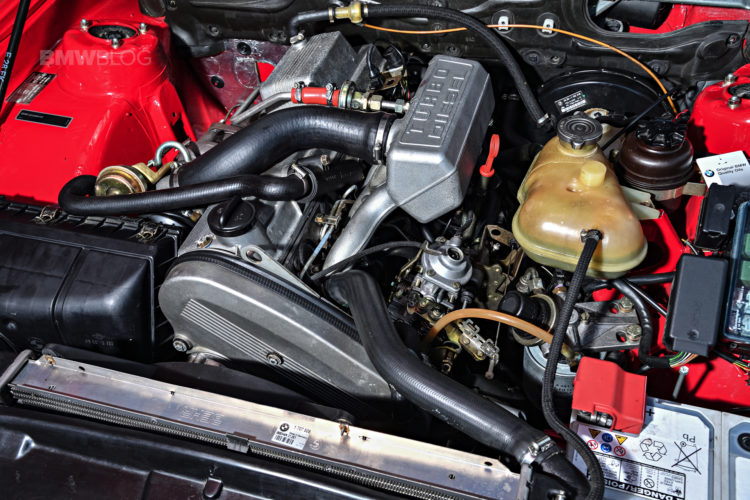
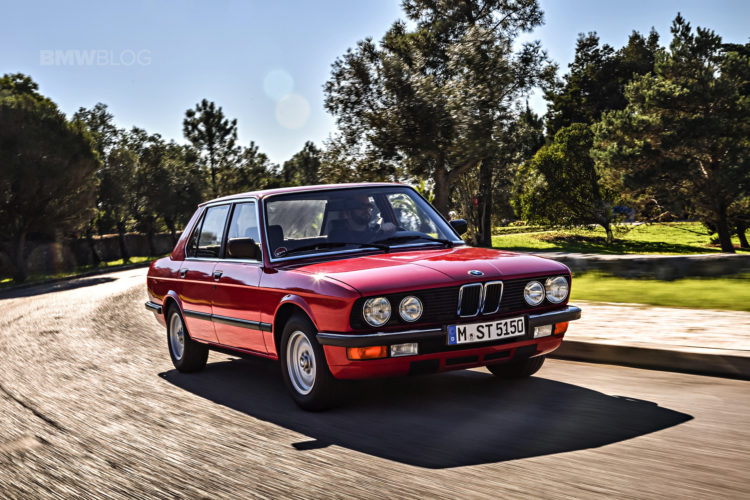
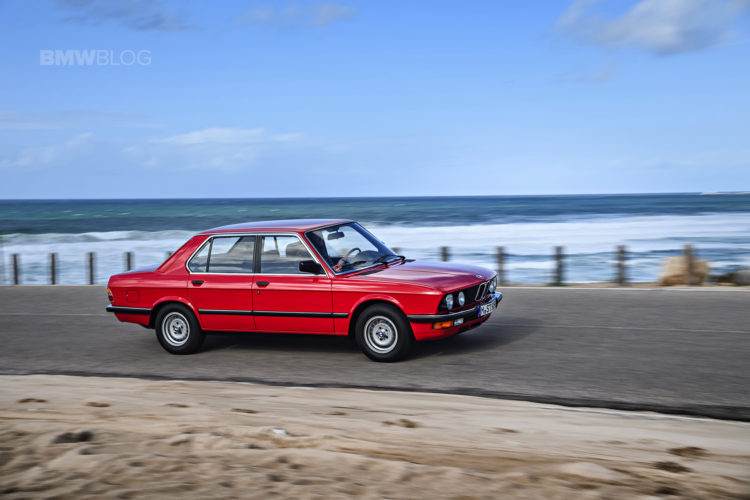
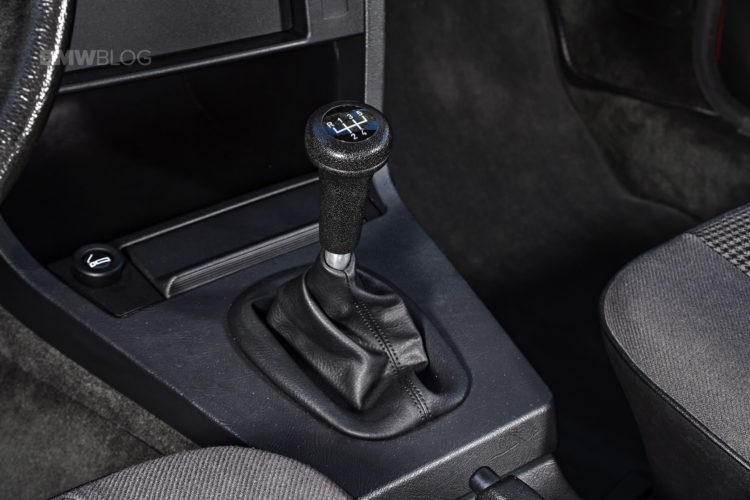
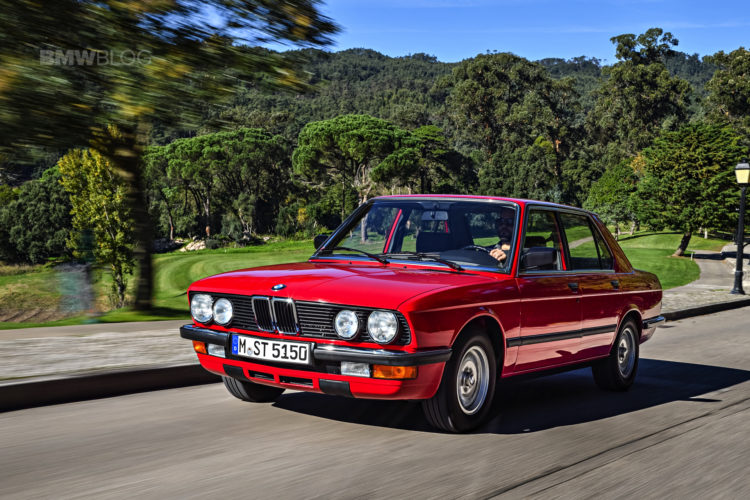
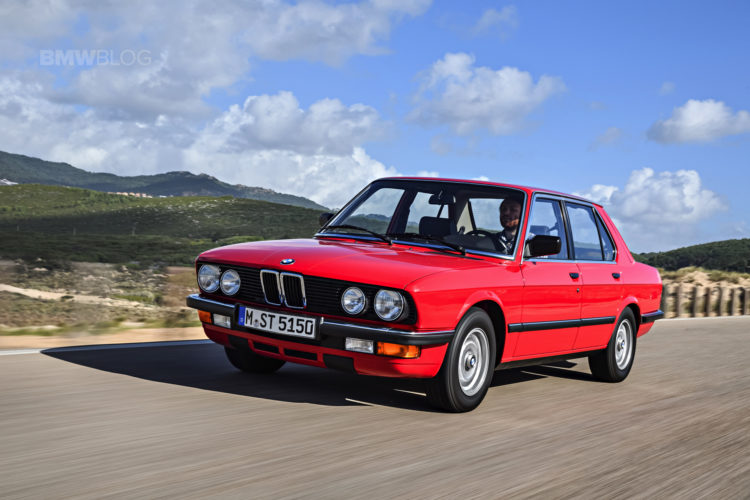
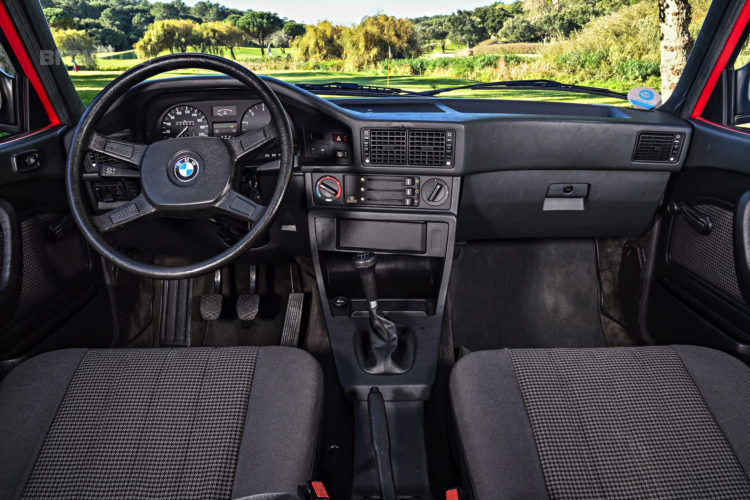
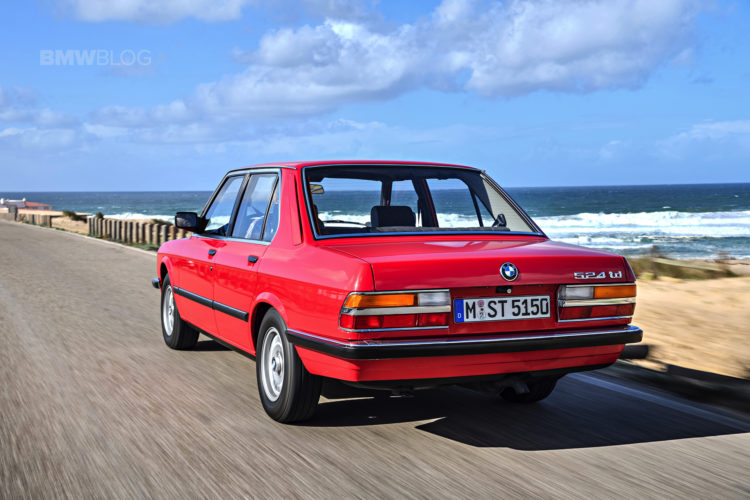
Post a Comment for "√BMW E28 5 Series – Buyer’s Guide"
Post a Comment